Renault’s Luca de Meo calls for new business model
Renault CEO Luca de Meo has presented his new strategy dubbed “Renaulution”. The Italian de Meo wants to give the French automaker a new business principle putting value above volume. Ten new electric models are to be launched by 2025.
De Meo had already used the term “Renaulution” in mid-October 2020 to present the two electric models Mégane and Dacia Spring. What was still a work in progress at the time has now been presented in concrete terms. The Renaulution is now joined by three more “Rs” to outline the strategy. These stand for ‘Resurrection, Renovation and Revolution.’
While described as stages, de Meo does not want the three phases of his strategy to build on each other, but rather to approach them in parallel. The Resurrection program, scheduled to run until 2023, will focus primarily on recovering margins and generating more cash. What is described as Renovation will see a renewal of the model range by 2025, focusing on vehicles that promote the brand’s profitability. And Revolution will focus the French company’s business model on technology, energy and mobility by 2025 to make Renault a “pioneer in the new mobility value chain.”
In the process, 24 new models are to be introduced by 2025. Half of these are in the C and D segments, as de Meo had already emphasised how important he considered this segment when he presented the Mégane. At least ten of these 24 models are to be pure electric vehicles, seven of them under the Renault brand.
The new Renault boss did not announce any concrete models, but he did announce an interesting show car: the Renault 5 Prototype. Technical data on the small electric car was not yet available. Still, with the retro model the French want to build a vehicle inspired by its iconic R5 brand design “that is in keeping with its time: urban, electric, attractive,” as design director Gilles Vidal puts it. In the run-up to the launch, there had already been rumours that Renault could use the Dacia Spring’s drive technology to bring the tradition-steeped R4 and R5 models, for example, as electric models. But more on the technology later.
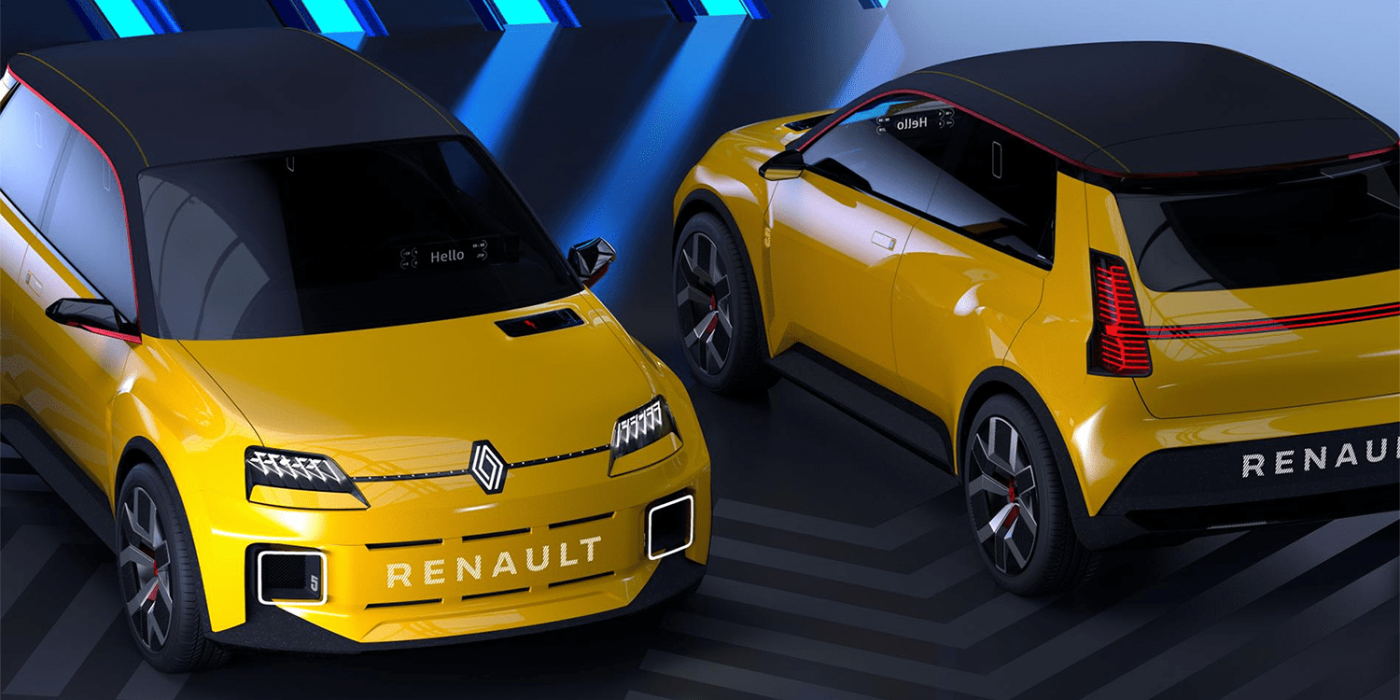
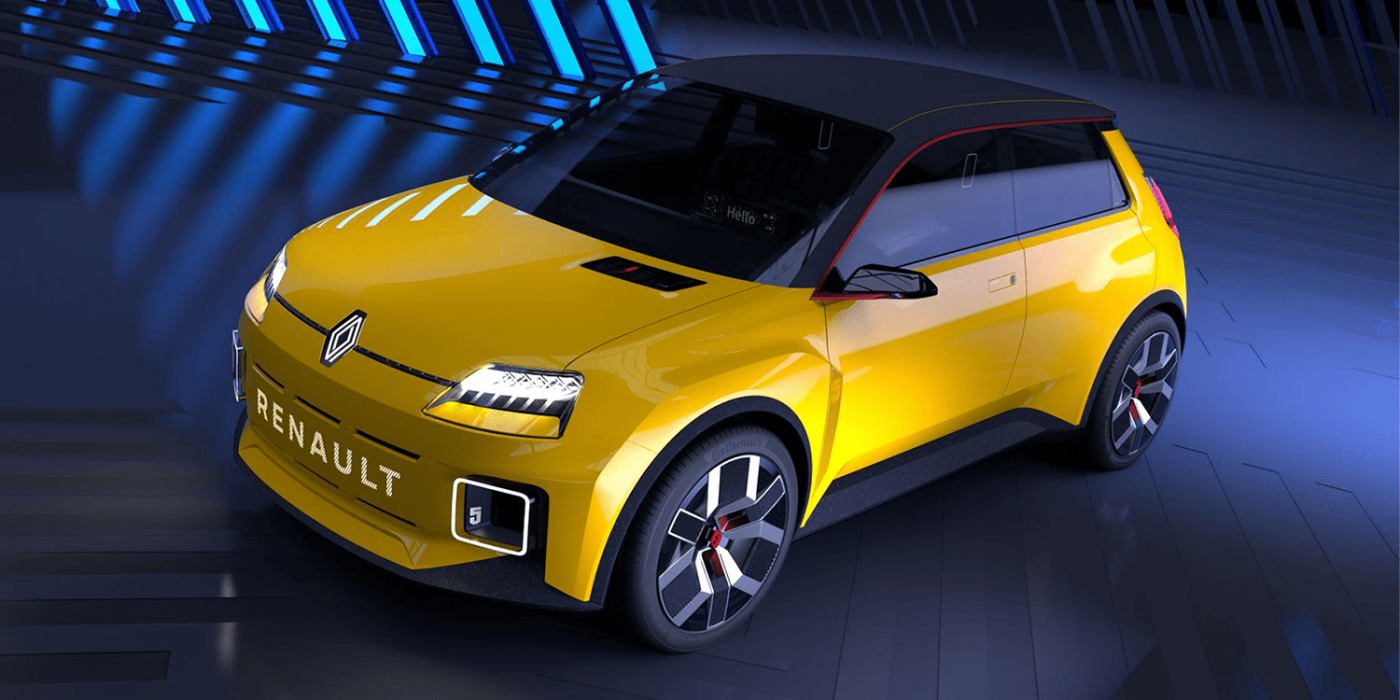
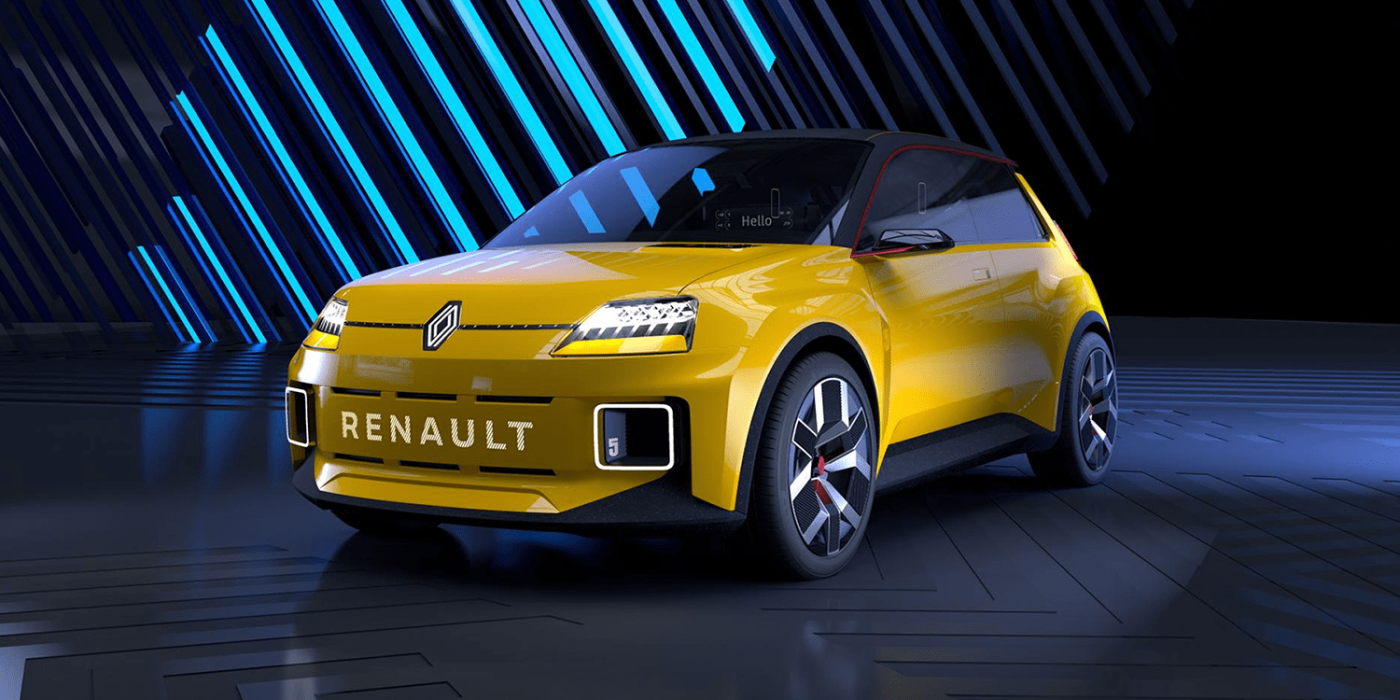
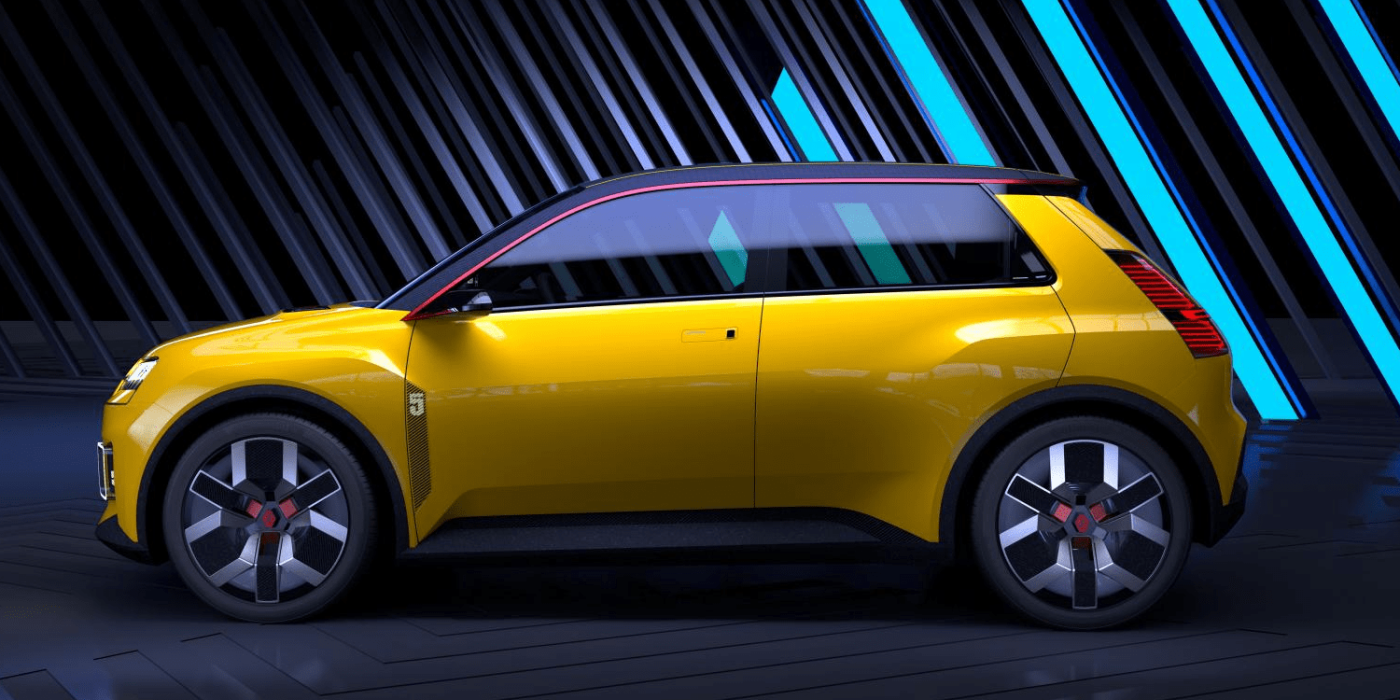
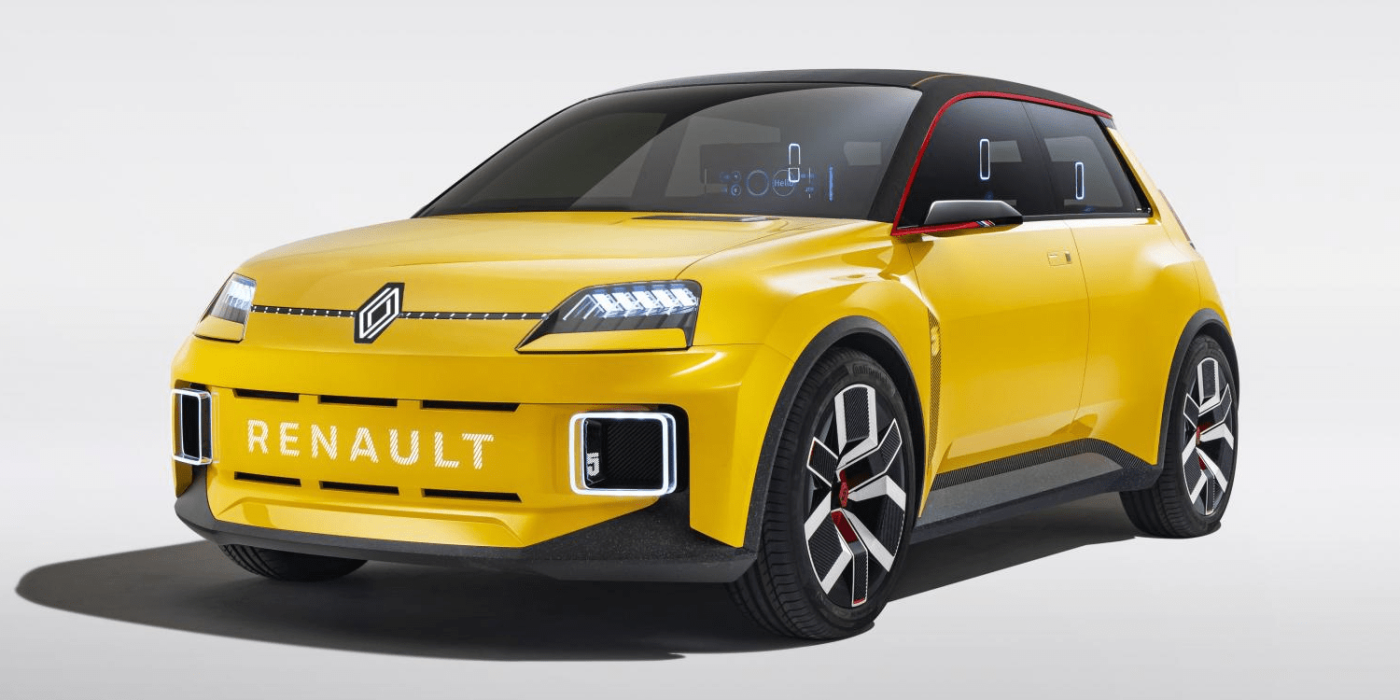
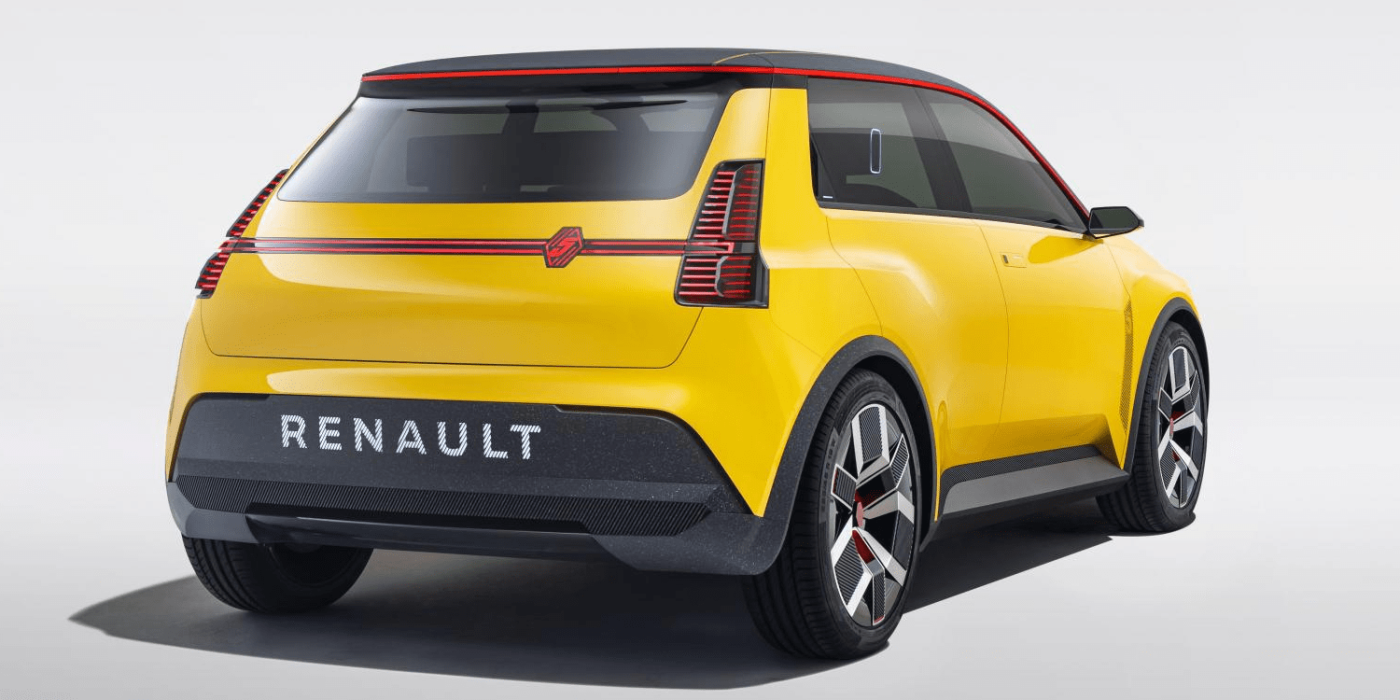
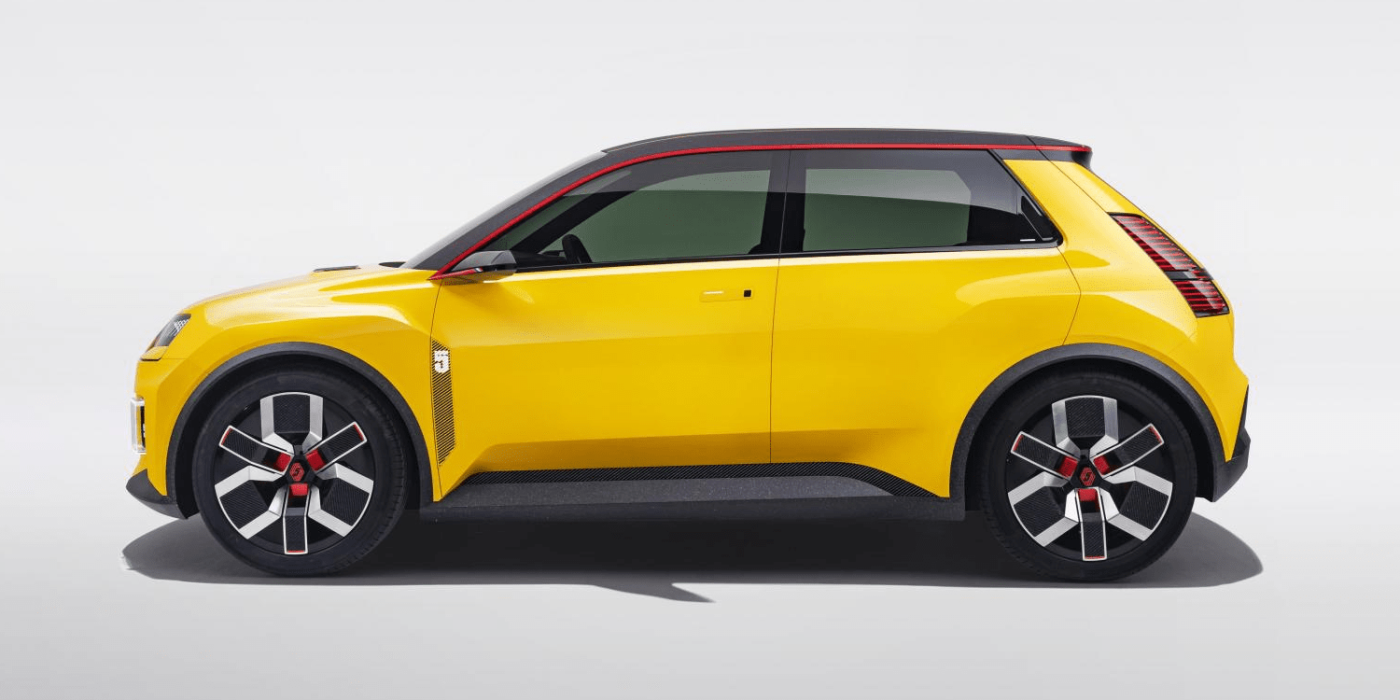
For this role of electric cars, Renault plans to establish the “electro pole” in northern France, with the largest production capacity in the world of the Renault Group for electric vehicles. This is in addition to the joint venture announced Tuesday with Plug Power in the field of hydrogen. Hybrid technology is also a central pillar for the Renault brand, with a planned 35 per cent share of the Renault fleet by 2025.
In doing so, marketing expert de Meo (who, among other things, was formerly a marketing board member at Audi and, as head of Seat, was responsible for upgrading Cupra as a separate brand) is not reflecting on brands such as Renault Sport, Alpine or the electric Z.E. label. He has to and wants to tackle something else with the strategy: fixed costs. Thus, the Renaulution is to go even further than the previous plan by 2022 to increase development and manufacturing efficiencies, reducing both fixed costs and improving variable costs.
But in doing so, he must also take into account the French government’s concerns, after all, it has a 15 per cent stake in the automaker. Certainly, it isn’t going along with reducing overcapacity in France. Renault already had overcapacity, and the focus on fewer but higher-margin vehicles away from Carlos Ghosn’s volume-driven course will cause overcapacity to rise rather than shrink.
To be sure, Renault briefly takes refuge in general phrases in its averages: It wants to leverage “the group’s industrial assets” and its “electric leadership position in Europe.” Based on the alliance with Nissan and Mitsubishi, Renault also wants to “increase its reach in terms of products, business and technology.”
Number of platforms and powertrains to be halved
Only later in the plan are these phrases backed up with figures: instead of six, only three platforms are to be used in the future, and the Group wants to halve the number of powertrain families from the current eight to four in the future. More than 80 per cent of Groupe Renault’s volume is built on the three alliance platforms. According to Renault, all models to be launched on existing platforms will be on the market in less than three years. Production capacity is expected to drop from four million units in 2019 to 3.1 million units in 2025 – only the how is not answered. For a possible production version of the Renault 5 Prototype, that probably means the Twingo and its electric version will have to make way. The Twingo is the only Renault model based on a rear-engine platform: future electric small cars will probably have to rely on the group’s CMF-EV platform instead.
There are also new financial targets. As a first step, the Group is aiming for an operating margin of more than three per cent by 2023, while the cumulative operating cash flow on the car business from 2021 to 2023 is to rise to three billion euros; at the same time, capital expenditure (R&D and Capex) is to fall to around eight per cent of sales – previously it was around ten per cent. By 2025, the operating margin is to be at least five per cent, and a further two billion is to be added to the cumulative free cash flow (about five billion euros for the period 2021 to 2025).
Strict cost discipline is expected to lead to annual savings of 2.5 billion euros in fixed costs by 2023 and three billion euros by 2025. Besides, de Meo expects variable costs to improve by 600 euros per vehicle.
Hybrids at Dacia, electric sports cars from Alpine
However, the strategy is not just about building cars, but also – as is currently the case with all manufacturers – about the services and data business. With its newly established “Mobilize” business unit, Renault aims to develop data, mobility, and energy-related services for the benefit of customers and generate profits from them. By 2030, more than 20 per cent of the group’s sales are to come from these services. In addition to car sharing and models developed specifically for this purpose, innovative financing solutions and special service and software platforms, are also planned.
The EZ-1, a de facto successor to the Twizy, is one of the vehicles to be used for car sharing. The Mobilize EZ-1 is a 2.3-meter-long e-two-seater that is to be built from 50 per cent recycled material. It is to be able to be both charged and prepared for a further loan via battery swap. Renault or Mobilize is not yet giving details on range.
The Dacia and Lada brands are to continue to win over customers with their “design-to-cost” approach, but here, too, the number of platforms is to be reduced from four at present to one in the future. However, Dacia is also to launch a model for the C segment, i.e. the Golf class – and possibly reach those customers for whom a Mégane positioned higher and with better margins has become too expensive. Dacia will also use Renault’s “E-TECH” engines, i.e. hybrids.
In the future, the Renault Sport brand will be added to the Alpine sports car brand, just like the French company’s Formula 1 team. The unit is to be dedicated to “the development of exclusive and innovative sports cars” – and, as Renault indicates in the announcement, will also draw on the alliance’s electric CMF EV platform. It will also work with Geely’s Lotus brand to develop a “next-generation EV sports car.”
Meanwhile, Alpine has issued its own statement announcing the switch to all-electric powertrains. “Alpine will focus on the development of all-electric sports cars in the future,” it says. According to the statement, an e-compact sports car in the B-segment will be developed based on the CMF-B EV, and an electric sports crossover for the C-segment based on the CMF-EV. There will also be an all-electric successor to the Alpine A110 – that vehicle being developed in cooperation with Lotus. “The craftsmanship of our Dieppe plant and the engineering skills of our Formula 1 and Renault Sport teams will result in an innovative, 100 per cent electric product range and carry the Alpine name into the future,” explains Laurent Rossi, Alpine’s CEO as of a few days ago.
“The Renaulution is about moving the whole company from volumes to value,” de Meo said, according to the release. “More than a turnaround, it is a profound transformation of our business model.” He said they have streamlined operations from development, resized where needed and reallocated resources to potential technologies and products. “This boosted efficiency will fuel our future line-up: tech-infused, electrified and competitive.”
With reporting by Sebastian Schaal, Germany.
renault.com, renault.com (Renault 5), renault.com (EZ-1), renault.com (Alpine)




0 Comments